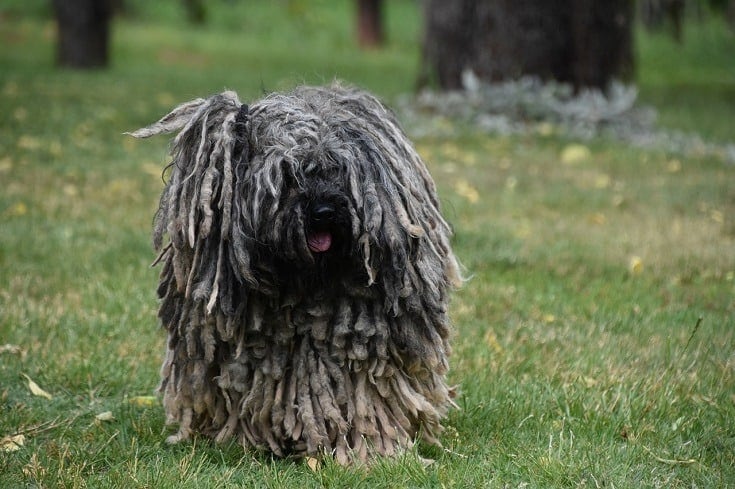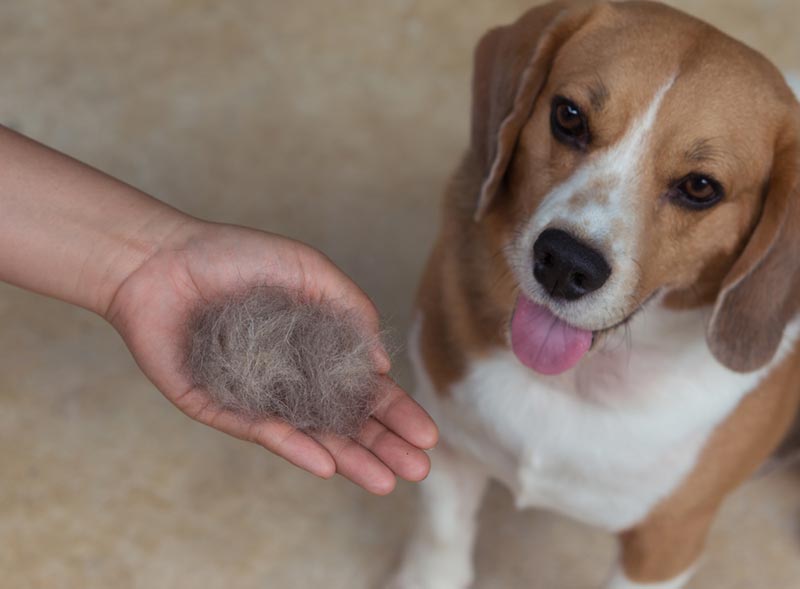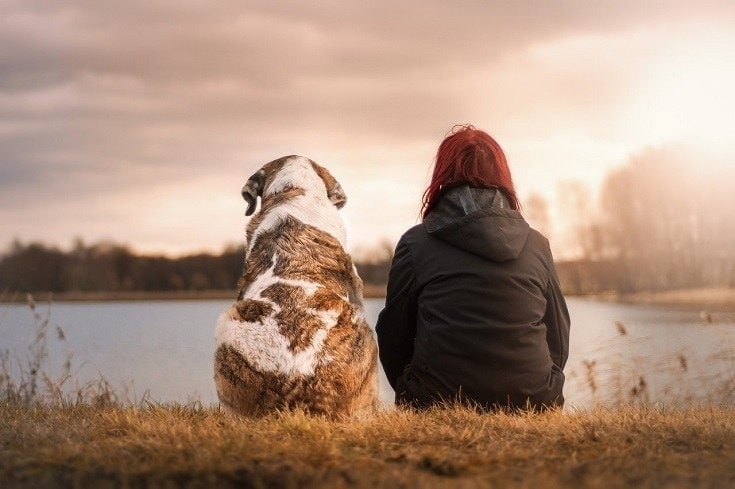Anatolian Shepherd vs. Great Pyrenees: The Differences (With Pictures)
By Ed Malaker
Updated on
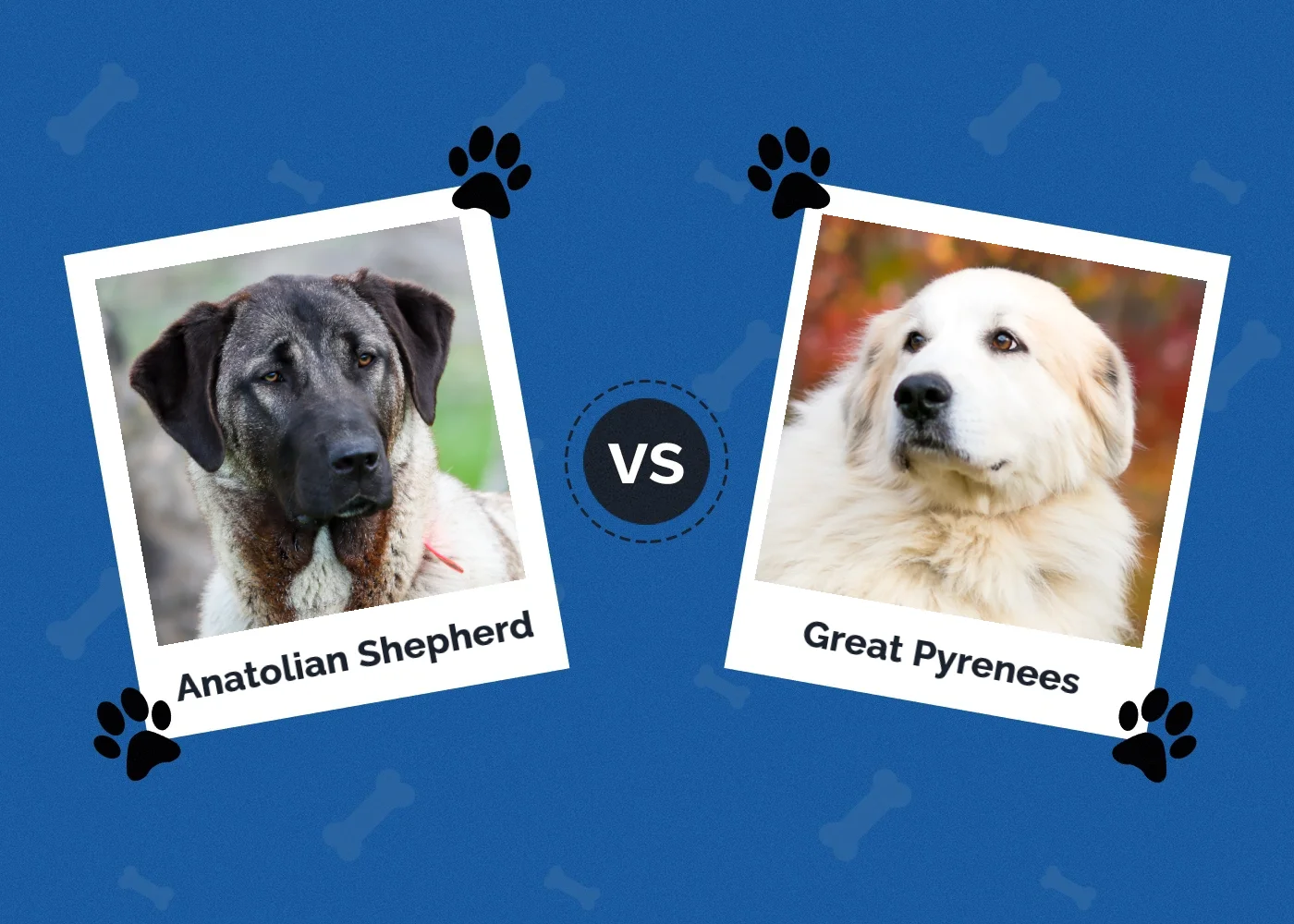
Click to Skip Ahead
The Anatolian Shepherd and the Great Pyrenees are large breeds that make great guard dogs, but many people wonder what the differences between the breeds are and which one makes a better pet. If you are considering getting one of these dogs, keep reading for a discussion of their origin, appearance, and health conditions so you can make an informed decision.
Visual Differences
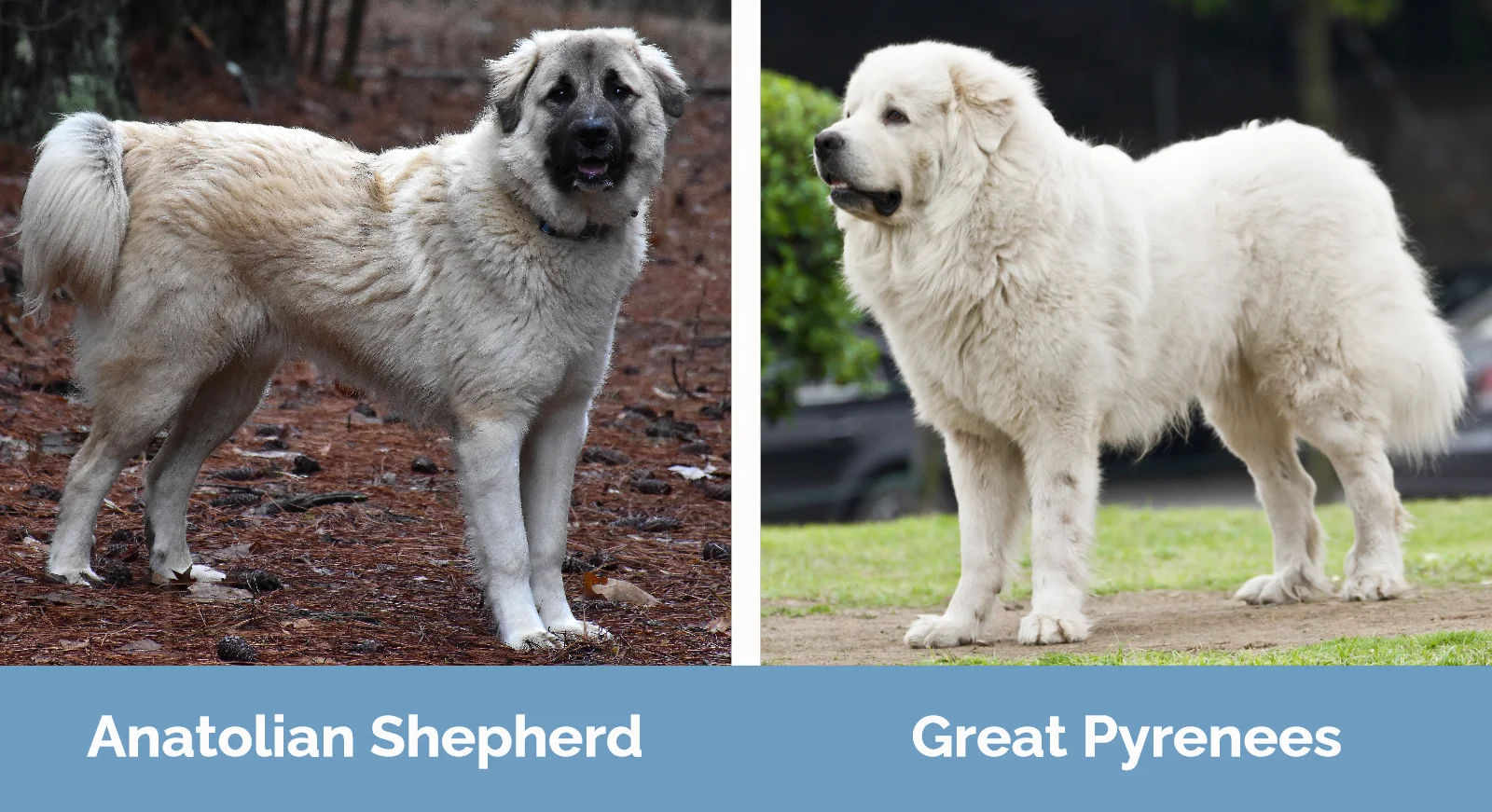
At a Glance
- Average height (adult): 27–29 inches
- Average weight (adult): 80–150 pounds
- Lifespan: 11–13 years
- Exercise: 30 – 60 minutes a day
- Grooming needs: Moderate
- Family-friendly: Sometimes
- Other pet-friendly: Usually
- Trainability: Intelligent but hard to keep focused
- Average height (adult): 25–32 inches
- Average weight (adult): >80 pounds
- Lifespan: 10–12 years
- Exercise: 1+ hours a day
- Grooming needs: Low
- Family-friendly: Yes
- Other pet-friendly: Often
- Trainability: Intelligent but stubborn
Anatolian Shepherd Overview

Origin
The Anatolian Shepherd is one of the oldest dog breeds, with a lineage dating back thousands of years. They originated as livestock guardians in the Anatolian Peninsula, which includes modern-day Turkey, and they protected animals like sheep and goats from predators like wolves, bears, and jackals. Over many generations, breeders used selective breeding with the Anatolian Shepherd to cause specific traits to be more prominent, including their protective instincts, intelligence, and adaptability to the challenging Anatolian terrain and climate. Their popularity grew, and the American Kennel Club (AKC) recognized them as a unique breed in 1999.
Appearance
The Anatolian Shepherd is a large breed with a dense double coat designed to protect them from harsh weather conditions. The outer coat is short to medium and can be rough, while the undercoat is soft and dense. Coat colors can include various shades of fawn (with a black mask) and white, with other colors being less common. Their head is large and proportionate to their body, with a slightly rounded skull and a strong square-shaped muzzle.
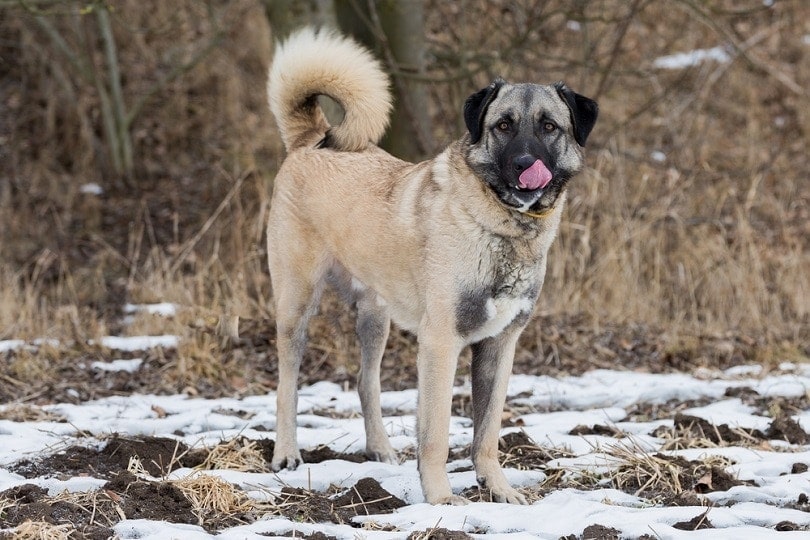
Health & Care
Anatolian Shepherds are generally healthy dogs, but a few problems are common in the breed, including hip and elbow dysplasia, bloat, and entropion. Some dogs can also develop allergies. Cataracts and cancer are common in old age.
Suitable For:
Anatolian Shepherds are not ideal for first-time dog owners. They are independent and strong-willed and require a firm but fair handler who understands their guarding instincts and can provide consistent training. Farmers and ranchers who need a capable and protective livestock guardian may find this breed an excellent fit for their operations. They also make excellent watchdogs and can give their owners a strong sense of security.
Great Pyrenees Overview
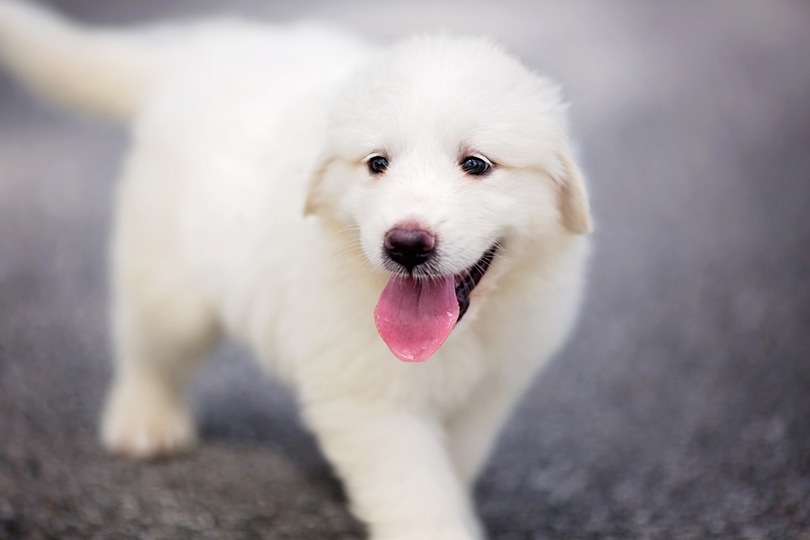
Origin
Like the Anatolian Shepherd, the Great Pyrenees is an ancient breed dating back thousands of years. These dogs originated in the Pyrenees Mountains, and breeders used them to protect livestock from predators like wolves and bears. European nobility and royalty favored these dogs and often kept them as companions and protectors in royal courts. Modern dogs still protect livestock and make great family pets. The AKC accepted them as a unique breed in 1933.
Appearance
The Great Pyrenees is a giant breed with a well-proportioned, muscular body. They have a thick double coat designed to protect them from harsh weather conditions. The outer coat is long and straight, while the undercoat is dense and soft. Coat colors are usually white, and tan, gray, or badger markings may be present, especially around the head and ears. Their head is large and proportional to their body, with a slightly rounded skull, and the ears are moderate in size and triangular in shape.
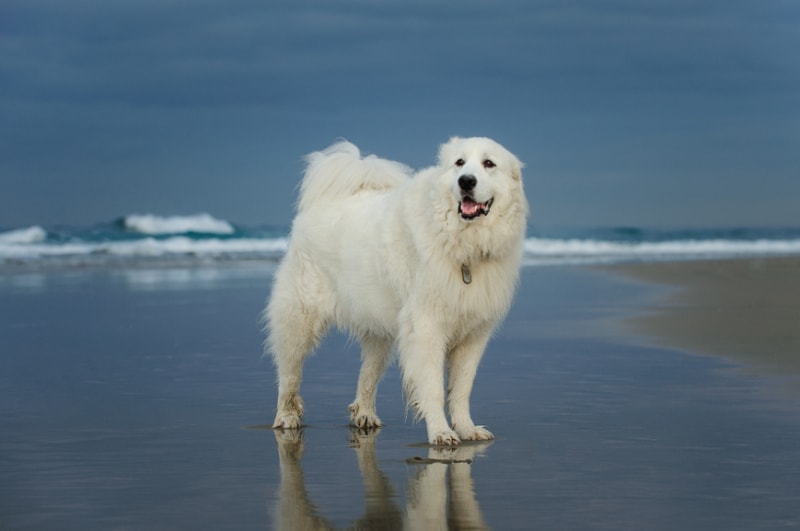
Health & Care
The Great Pyrenees can face several health problems due to their large size, including hip and elbow dysplasia. Bloat is another serious condition, as is obesity, which can lead to several health issues, including diabetes and cardiovascular disease. Other issues include osteosarcoma and white dog shaker syndrome.
Suitable For:
The Great Pyrenees are independent and have a strong protective instinct. They require experienced owners who understand their temperament and can provide proper training and socialization. They can be wonderful family dogs, are usually gentle with children, and can give a sense of security to the household. They are also a good choice for farmers with livestock and individuals or families seeking a guard dog.
Which Breed Is Right for You?
The Great Pyrenees and Anatolian Shepherd are large dog breeds well suited to protecting livestock and homes. The Great Pyrenees is a bit more family-friendly, but both make great pets with proper training and socialization, and the Anatolian Shepherd might be easier to groom because their fur is shorter. Both are healthy, with only a few health issues to worry about.
See Also:
- Anatolian Pyrenees (Anatolian Shepherd & Great Pyrenees Mix): Info, Pictures, Characteristics & Facts
- Kuvasz vs. Great Pyrenees: The Differences (With Pictures)
Featured Image Credit: Left – K.Bry, Shutterstock | Right – Mary Swift, Shutterstock



